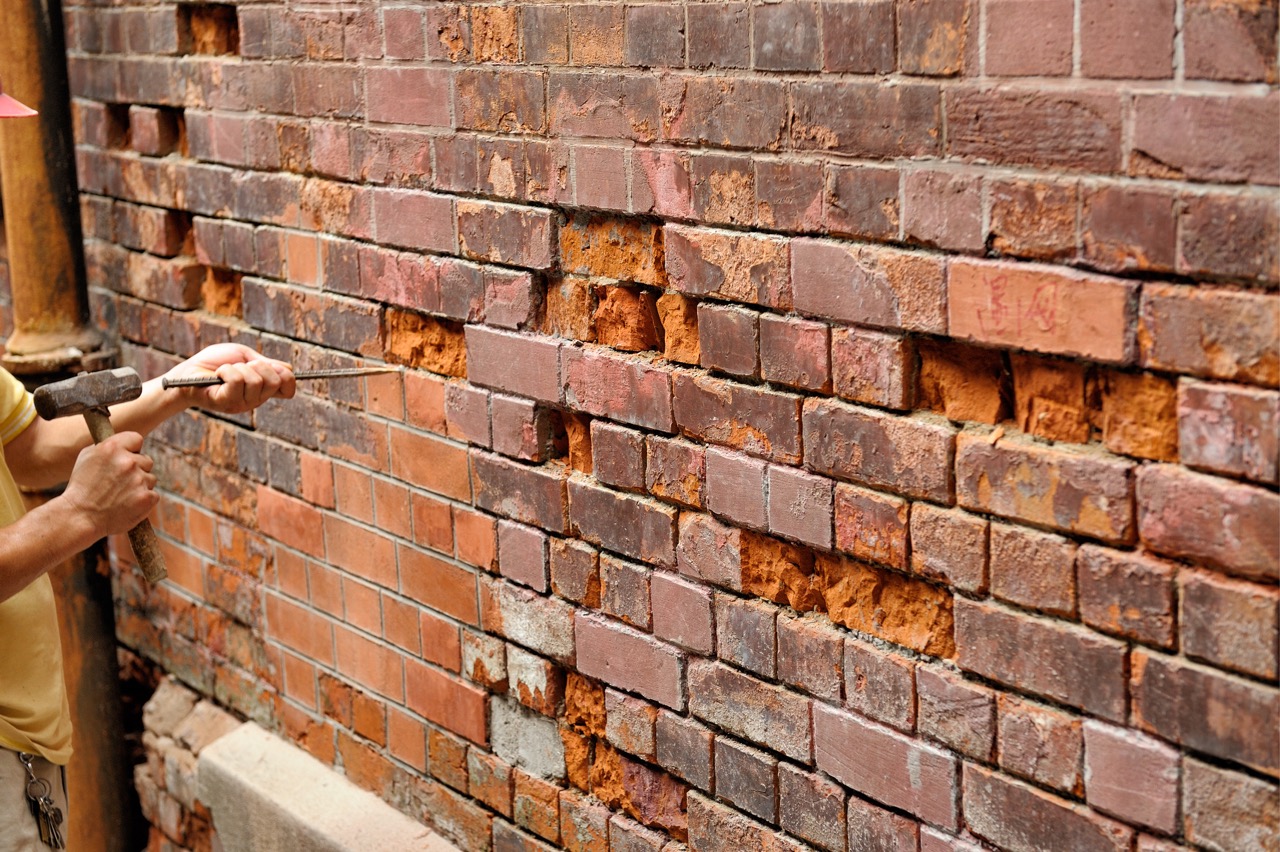Unlocking the Secrets of Lasting Stonework Construction Practices for Eco-Friendly Structures
Among the myriad approaches to eco-friendly structure, lasting masonry building and construction stands out as a tried and true and long lasting technique that holds a wealth of untapped capacity. From the selection of materials to ingenious building and construction techniques, the keys to accomplishing sustainability within stonework building and construction are multifaceted and appealing.
Advantages of Lasting Stonework Building And Construction
Welcoming lasting masonry construction practices not just lowers ecological effect however also offers lasting financial benefits to contractors and communities. By making use of materials like recycled blocks, obstructs, and rocks, builders can dramatically lower the carbon impact of their projects while advertising resource performance. Additionally, lasting masonry building techniques, such as correct insulation and thermal mass residential or commercial properties, can boost energy efficiency within structures, leading to lowered operational expenses in time.
Moreover, the durability and durability of masonry frameworks add to lasting economic benefits. Structures built making use of sustainable stonework practices commonly require much less maintenance and repair, converting to cost savings for building contractors and home proprietors. The longevity of masonry products additionally guarantees that frameworks continue to be stable and safe, reducing the requirement for constant restorations or substitutes.
Eco-Friendly Stonework Materials
Making use of environment-friendly stonework materials is a critical step in the direction of improving the sustainability of building and construction techniques and decreasing ecological effect while optimizing long-lasting economic advantages. Lasting masonry products are sourced, created, and used in a manner that lowers total environmental impact. Lasting concrete blocks incorporate recycled accumulations and might feature improved insulation residential properties, contributing to energy efficiency in structures.
In addition, natural materials like adobe, rammed planet, and straw bundles offer excellent thermal mass properties, reducing the demand for home heating and cooling down energy. These products are typically locally readily available, promoting regional economies and lowering transportation-related carbon exhausts. By selecting eco-friendly masonry products, construction tasks can considerably lower their environmental impact and add to the creation of much healthier, more sustainable constructed environments.
Energy-Efficient Stonework Strategies
Energy efficiency plays a critical role in enhancing the sustainability of masonry construction practices. One key energy-efficient masonry technique is the use of thermal mass, which involves including thick products like concrete or brick into the building's structure to soak up and save warmth.

Technologies in Sustainable Stonework
Recent innovations in sustainable stonework practices have actually caused cutting-edge techniques that are reshaping the building and construction market. One such innovation is the advancement of self-healing concrete, which makes use of bacteria installed within the concrete to recover cracks autonomously. This innovation not only minimizes maintenance expenses yet likewise boosts the sturdiness of masonry frameworks, contributing to their sustainability.
One more notable technology is making use of recycled accumulations in stonework construction - masonry contractor. By including products such as crushed ceramic waste or recycled glass into concrete blends, contractors can decrease the environmental effect of building and construction projects while maintaining architectural stability. This practice not only draws away waste from landfills however also preserves natural sources, making it a vital improvement in lasting stonework construction
Additionally, the combination of digital layout devices, such as Structure Details Modeling (BIM), is changing the way masonry structures are planned and constructed. BIM enables more accurate calculations, decreased product wastefulness, and boosted power efficiency, eventually bring about even more lasting building practices. These developments jointly symbolize an encouraging future for lasting masonry building in the era of environmentally friendly structures.
Future Trends in Stonework Sustainability
With the ingenious strides made in sustainable masonry practices, the figuring concrete future fads in stonework sustainability are poised to further revolutionize the building and construction sector. Among the essential trends forming the future of stonework sustainability is the enhanced integration of modern technology. Improvements such as Building Details Modeling (BIM) and digital truth simulations are being utilized to maximize stonework construction procedures, leading to lowered material waste and boosted power efficiency in structures.
Moreover, the advancement of unique sustainable products is established to play a significant duty in boosting the eco-friendliness of masonry construction. masonry contractor. Advancements like self-healing concrete, recycled aggregates, and bio-based binders are obtaining traction for their ability to decrease environmental influence while preserving architectural stability

Conclusion
To conclude, lasting stonework building and construction practices use countless advantages for eco-friendly buildings. By using environment-friendly products and energy-efficient methods, stonework can add to a much more lasting constructed environment. Developments in lasting masonry are morris concrete design constantly being established to even more improve the environmental performance of buildings. Looking towards the future, the fad of masonry sustainability is anticipated to grow, leading to more eco-friendly and energy-efficient building practices in the years to come.
Comments on “Dependable Tuckpointing Services for Mending Block and Stone Surfaces”